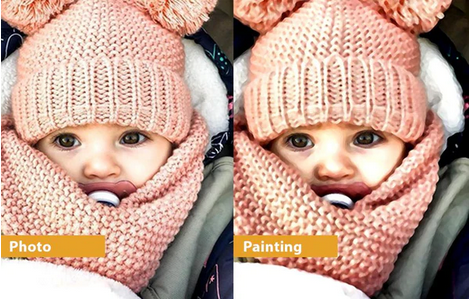Family pet portraits piece of art is really a time-recognized traditions that has been employed for pet portrait artists hundreds of years to capture the wonder and emotion of our own dearest animals. Whether it’s a pup, kitty, horse, or any other being, family pet portrait designers enhance the interior substance in their subject matter through shade, type, and formula. It’s an art form kind that requires both actual skill and mental knowing to create one thing truly distinctive. Let us discover what is put into making a animal portrait painting come to life!
This Process
Family pet portrait artwork might be separated into two principal pieces: drawing and piece of art. The designer commences by sketching your pet in order to get a sense of how they wish to catch its individuality. This needs to be done with care as it will determine the general seem of the piece. When there is a good plan of the items they may be going for, the artist will likely then commence using paint to fabric. This can be accomplished with either essential oil or acrylic paints according to the painter’s preference.
Mixing up Colours
Shade selection is a crucial part of any dog portrait piece of art procedure as it will help established the atmosphere for the piece along with draw out particular characteristics within the wildlife simply being depicted. For example, comfortable shades like reds and grapefruits may be used to portray vitality while much cooler shades like blues and green veggies can produce a experience of tranquility or pleasure. As well as picking colours depending on frame of mind, painters also have to consider how their preferred shades work together when mixed to generate lifelike textures for hair or skin tone different versions in a one item.
Recording Feelings
The most important element of any dog portrait artwork is capturing feelings within the pet becoming represented. This can be tough since animals don’t always show themselves in such a way we recognize—they might not exactly smile or frown in response like humans do—so painters must count on delicate cues such as system words or face expressions in order to accurately show an feeling inside their function. Furthermore, some artists want to add tiny information like flowers or another physical objects near their issue which can help additional emphasize their ideal passion without detracting in the major focus—the animal on its own!
